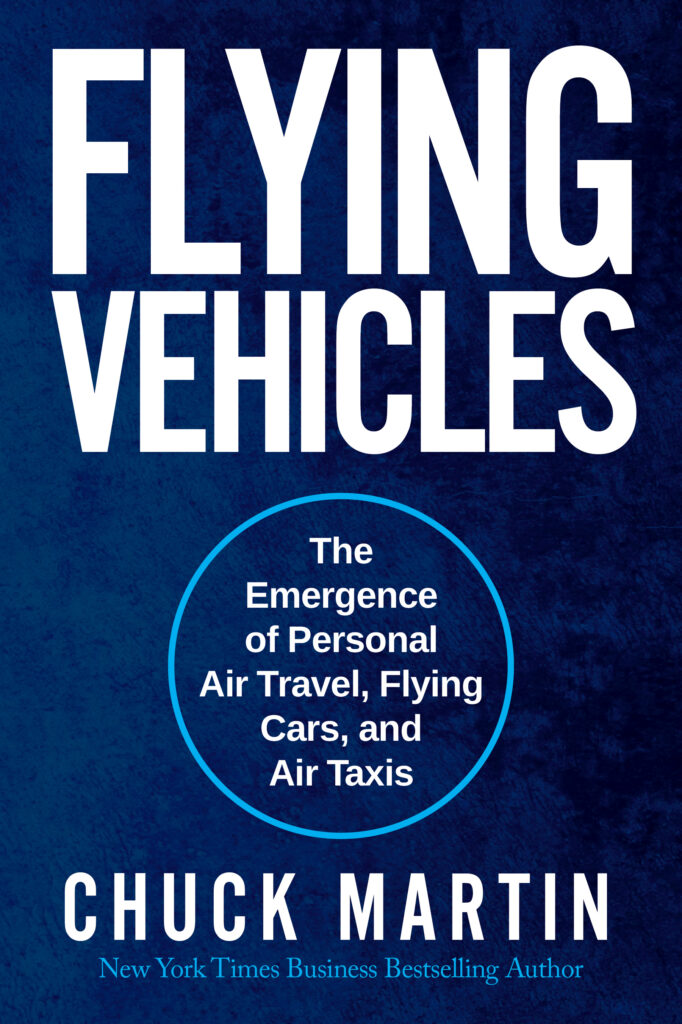Using 2D barcodes only to send someone to a Web site is finally becoming a thing of the past. More interestingly, the follow-on actions after a scan are starting to provide more value with measurable results.
Another way to look at this is that there are two distinct occurrences with scans: the action with the phone that activates and then the activity following the activation.
The early use of QR codes typically led to a Web site, which tended to give codes a bad name, since anyone could just as easily type in a Web address and get the same result. No big benefit.
The current use of many of the newer QR codes is no longer about routing a consumer to a Web site but rather to an activity or experience.
The activation is what the consumer does with the phone. This could be the scanning of traditional barcodes, such as using ShopSavvy or Amazon PriceCheck to compare prices elsewhere while shopping. While the action of scanning a QR code is somewhat obvious, there are numerous activations involving mobile motion:
- Phone scanning of either traditional or 2D barcodes.
- Taking a picture of a code and texting it to a number.
- Bumping a phone, such as phones to each other to exchange information.
- Waving or touching a phone to a receiver, such as to connect via NFC (Near Field Communication) chips.
- Aiming a phone camera to identify a certain building or location, as in augmented reality.
All of those are simply to trigger something, to bring a consumer hopefully to a valuable experience of some sort.
“It’s about the action behind the scan, it’s not about the scan,” said Jane McPherson, chief marketing officer of SpyderLynk, who has been focused on after-the-scan for the last couple of years. “The issue of the activation is where it takes the consumer,” she said.
Rather than simply linking to a Web site, SpyderLynk creates multiple action routes, such as leading a consumer to ‘like’ the brand being promoted, submit their email for an email coupon, submit info to be entered into contests, submit info for a free sample or enter info for a VIP membership — all with the ability to share any of these with friends.
Scanbuy, with its ScanLife code and platform, also provides a wide range of actions after the activation stage. For example, HP carried ScanLife codes on its printer line globally providing customers with specific additional product information such as details on accessories that made it easier to select products.
For a contest that Staples ran, ScanLife codes were used on in-store signage and on circulars connecting shoppers to exclusive content and allowing them to enter the contest by scanning the code, causing thousands of scans — or activations — within a four-week period.
In one of the larger concentrated uses of codes, Glamour magazine recently inserted SpyderLynk’s code, called SnapTag, on multiple pages in one issue resulting in several types of actions and activities. The company registered more than 500,000 activations, including scanning the codes with the app and taking and sending a photo. However, McPherson said the actions also led to multiple activities:
- 67% “liked” the magazine or brand to access a deal
- 8% shared the deals with friends
- A secondary activity of entering sweepstakes with 85% conversion rate
- A secondary activity of getting exclusive content
- A secondary action of receiving coupons or promotion codes
The measurements of codes can then move from how many were scanned to what activities occurred, which gets one step closer to what was actually bought after being scanned with the consumer having a valuable activity.
When EA Sports launched the latest version of its NCAA Football game, it used SnapTags on the package. The scanning activation brought the box holder to a video with clips of the new game, highlighting new features. It also allowed consumers to instantly “like” the game on the EA Sports Facebook page. Success measurements included video views, Facebook “likes” and EA Web site visits.
“The real issue for activations is what am I getting or what does it really get me?,” said McPherson, who noted that several major brands are now pushing for post-scan actions.
It’s no longer about the scan or the activation; it’s now about the activity after the scan.










